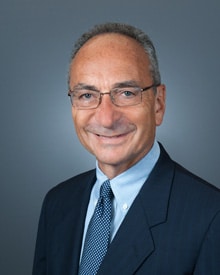Aug. 26, 2014
Cochlear Explorers – Part XI – Hardesty’s Membrane
Welcome back to Hearing International‘s continuing series honoring the Cochlear Explorers, those who first described aspects of cochlear anatomy and physiology that later were named after them. Week XI’s Cochlear Explorer is the only American in the group, Irving Hardesty (1866-1944), who considered the tectorial membrane as the vibrating mechanism within the cochlea. Hardesty’s Membrane Covering the sulcus spiralis internus and the spiral organ of Corti is the tectorial membrane, which is attached to







